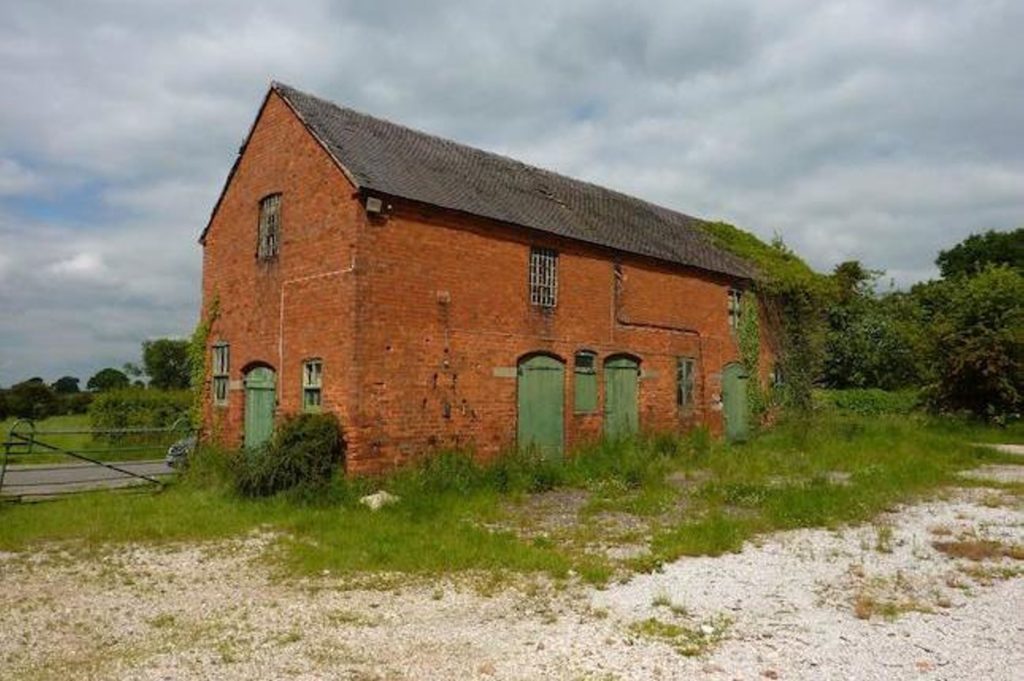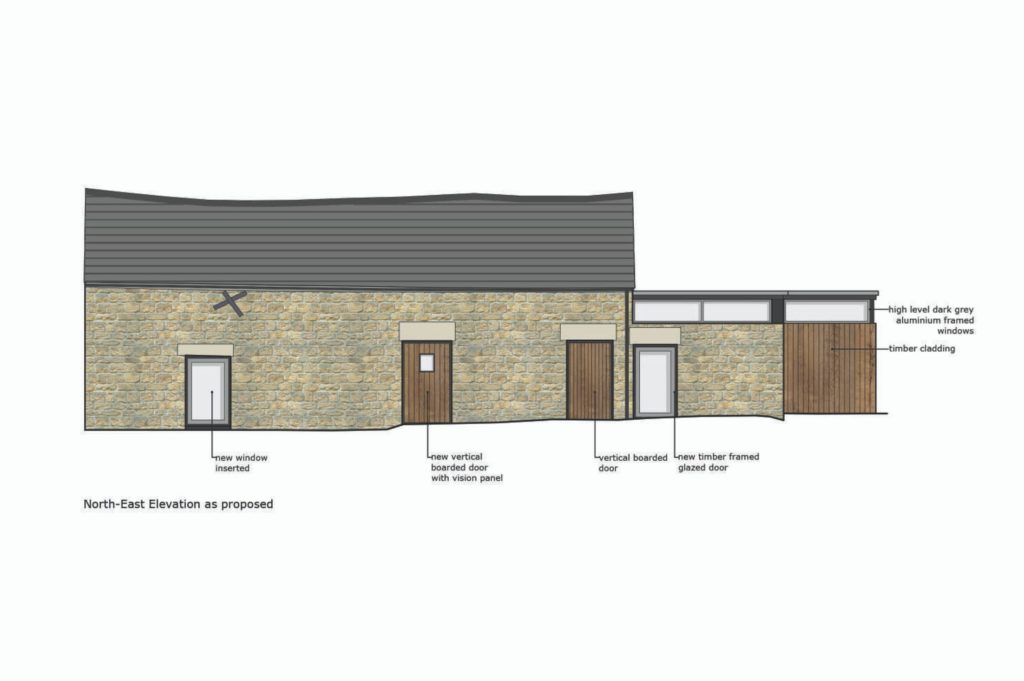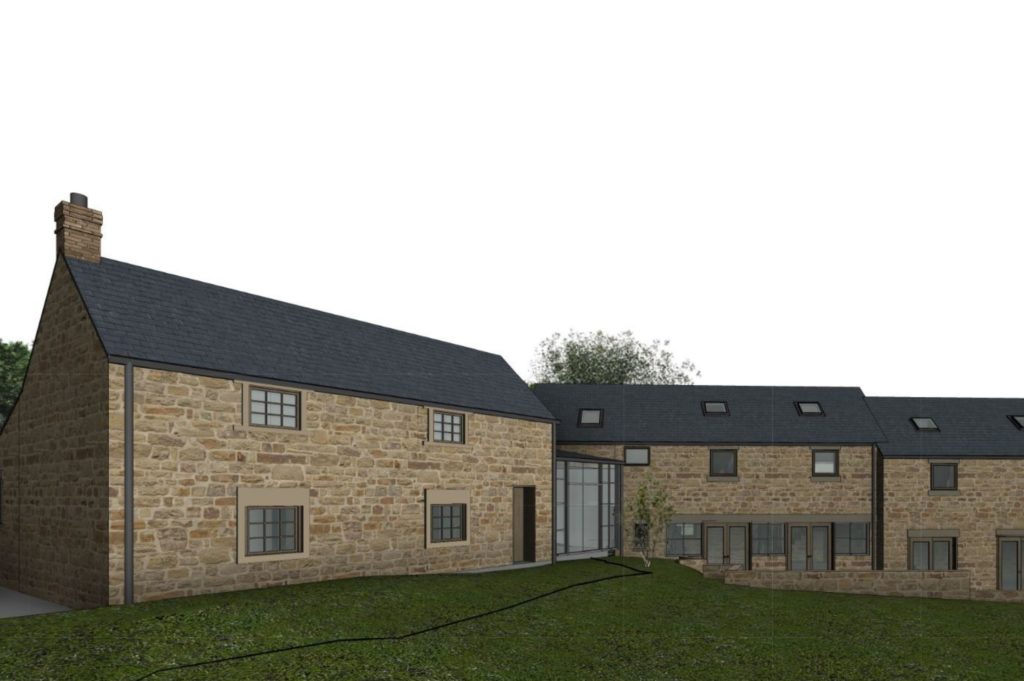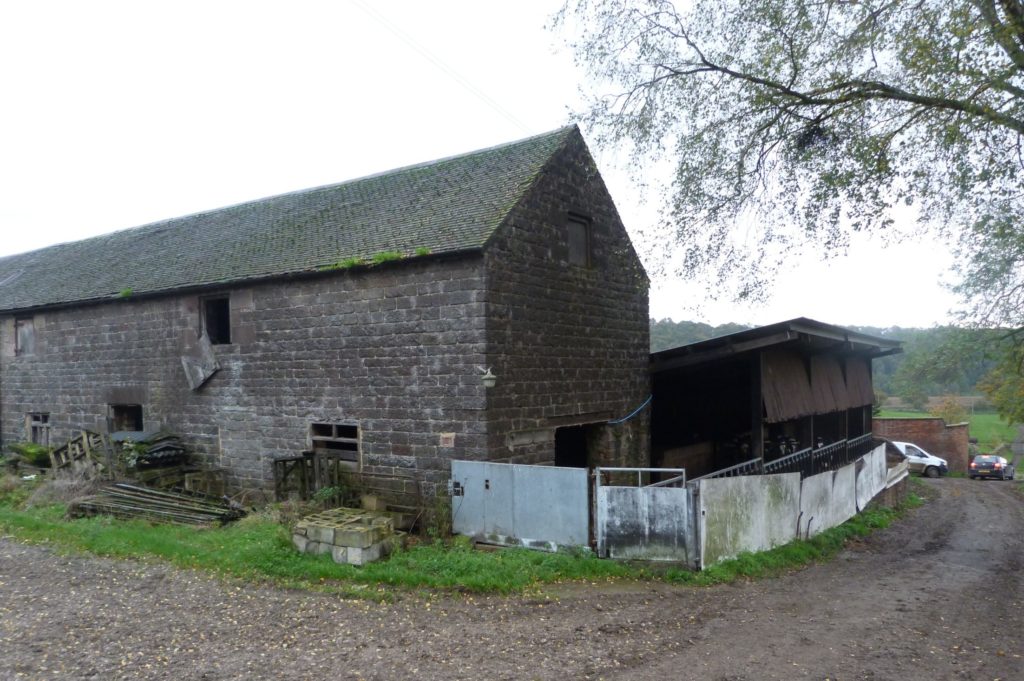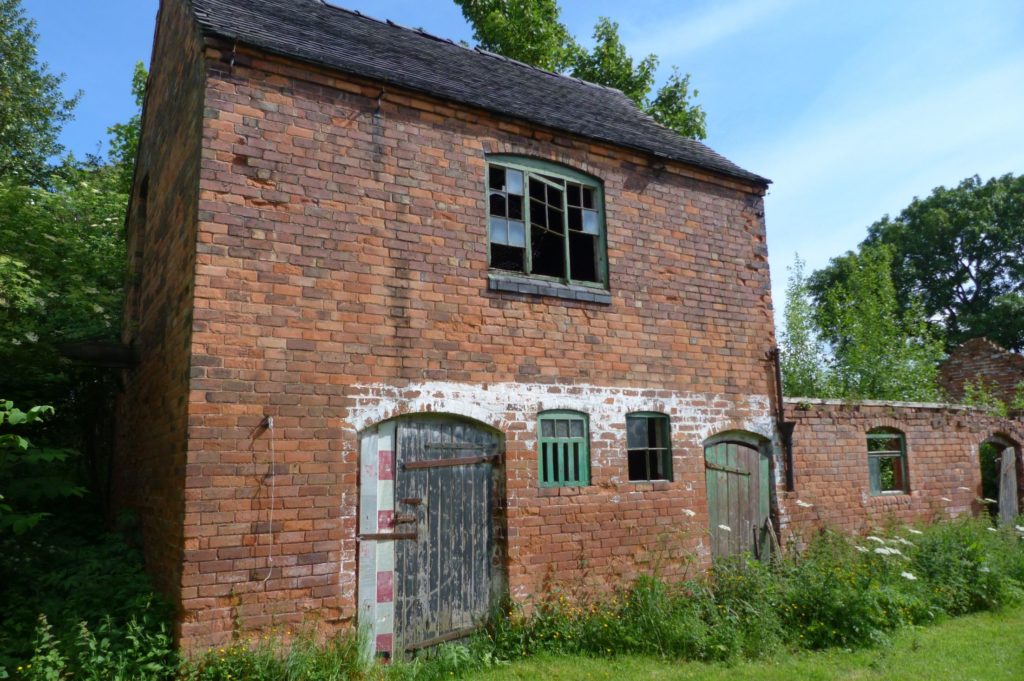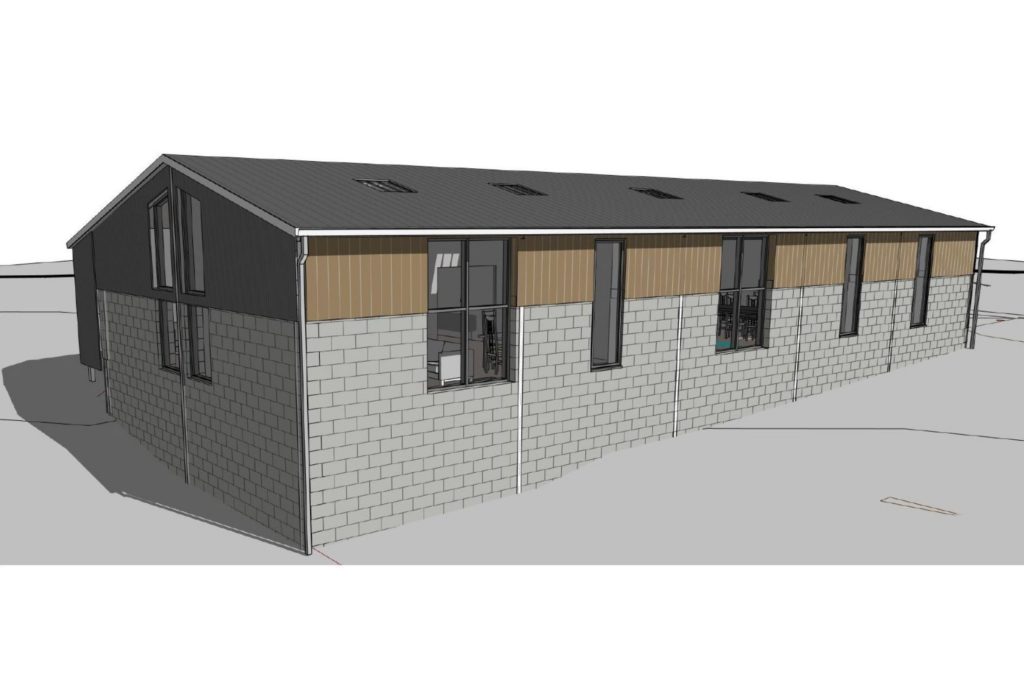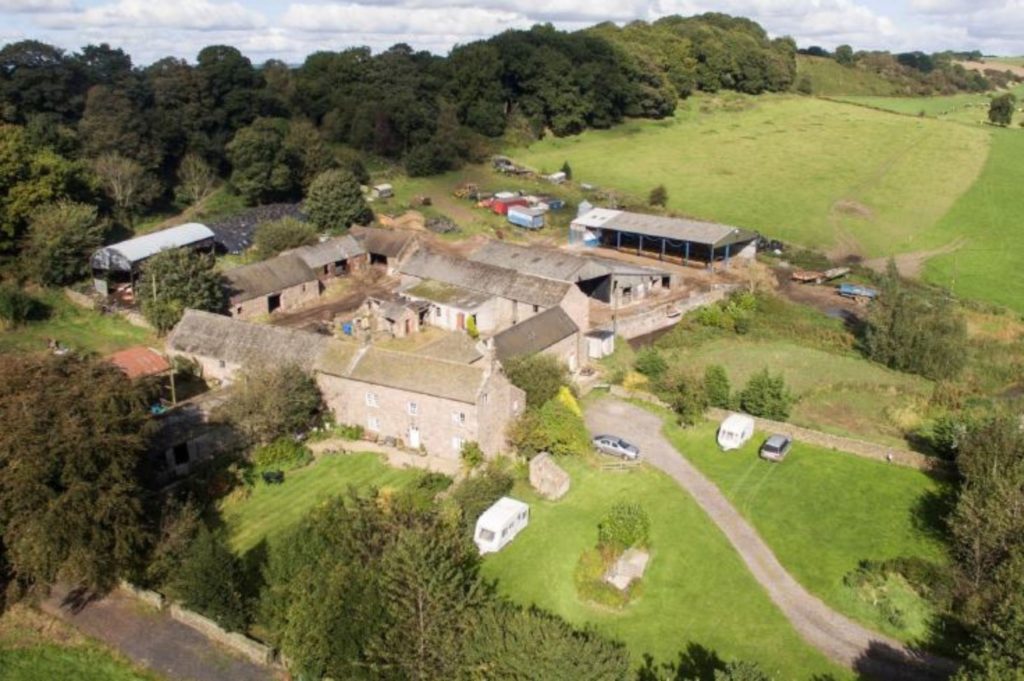Class Q, the right to convert agricultural buildings into dwellings as a matter of principle has been with us since 2014.
Permitted development is the right of an owner to develop his or her land within limits prescribed by the General Permitted Development Order. The point of the order was originally to allow minor development to go ahead without having to go through the planning application process. For example small extensions to houses and simple changes of use i.e. changing a pub to a restaurant or a bank to a shop.
In the interest of simplifying the planning system and boosting the supply of houses, the government extended permitted development rights to include the right to change agricultural buildings to dwellings. This was originally proposed as a temporary measure but has since been made permanent.
To use these rights an application has to be made to the Local Planning authority to confirm that the development proposed fits within the limits set out in the General Permitted Development Order. This requires an application, a set of drawings and either a supporting letter or report.
Converting an enclosed modern shed in the middle of the countryside to up to 5 dwellings generally does not accord with Local Plan policies and as such is met with opposition in many councils. As such, in most cases an application is carefully scrutinised to make sure it fits the criteria.
Since the permitted development right was introduced there have been several notable appeal decisions which have altered and clarified how Class Q applications should be dealt with by an Authority. The two key ones address ‘what amounts to conversion’ and ‘establishing a fallback position’.
The question of whether a development is conversion or not was considered at length. The high court judge held that there is a conceptual difference between a “rebuild” and a “conversion” and that the concept of “conversion” introduces a discrete threshold. His reasons include the fact that the concept of conversion is found in the overarching provisions of Class Q. In this case the judge considered it inappropriate to look to the dictionary when seeking to define the distinction as the permitted development rights were drafted for a professional audience and the distinction should be understood in a planning context.
The result of the appeal is a test of whether or not the building operations amount to conversion or ‘fresh build’. Unfortunately, this is considered on a case by case basis and there is no set rule on how to define ‘fresh build’. Whilst this has introduced an additional consideration for many authorities (who weren’t previously giving the question too much attention) it does in some ways clear up where the line is.
The other notable appeal decision has underlined the ability of Class Q to represent a ‘fallback position’. This simply means that the where a site can be developed through the exercise of Class Q permitted development rights then the planning authority must take this into consideration when dealing with an application for full planning permission. Whilst this seems logical it has not always been the case and in reality means that applicant are no longer entirely bound by the stringent rules that surround Class Q development (such as works that extend the external envelope not being permitted).
If a Class Q prior notification application is approved the applicant has three years to complete the conversion. With a planning permission the applicant has 3 years in which to start the conversion and once started can take as long as it takes to complete it. A full planning application would assist overcoming this strict and very tight build schedule.
Class Q continues to be a complicated and thorny issue with many Planning Authorities. If you are looking to convert a rural building please call us. We provide a free half hour consultation and can help you make the right decision.
